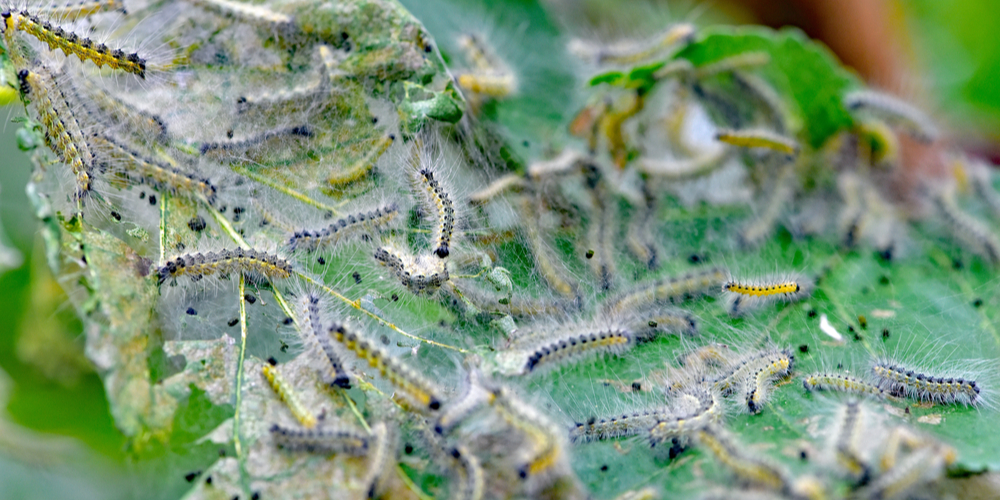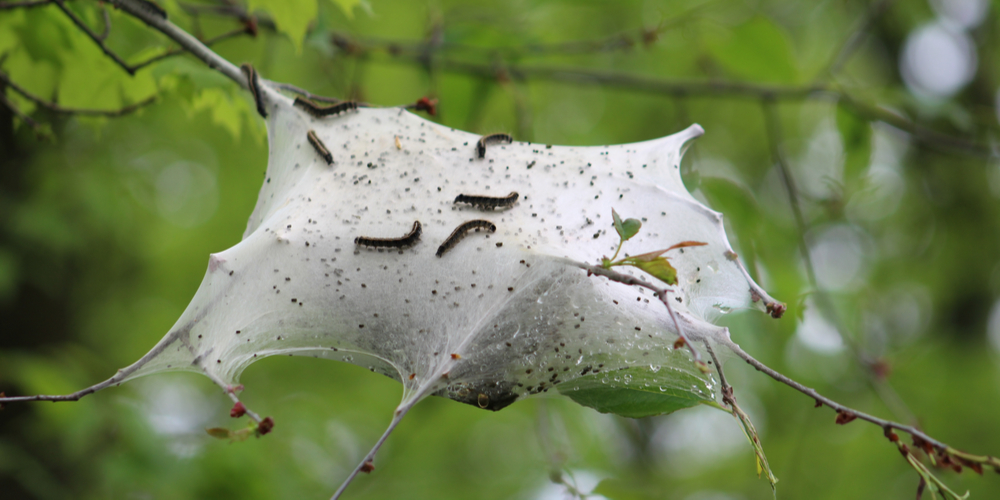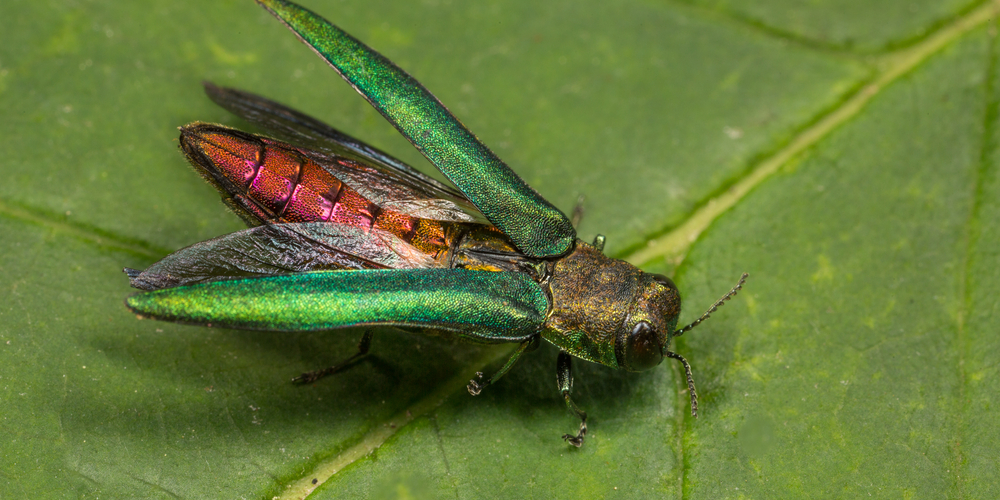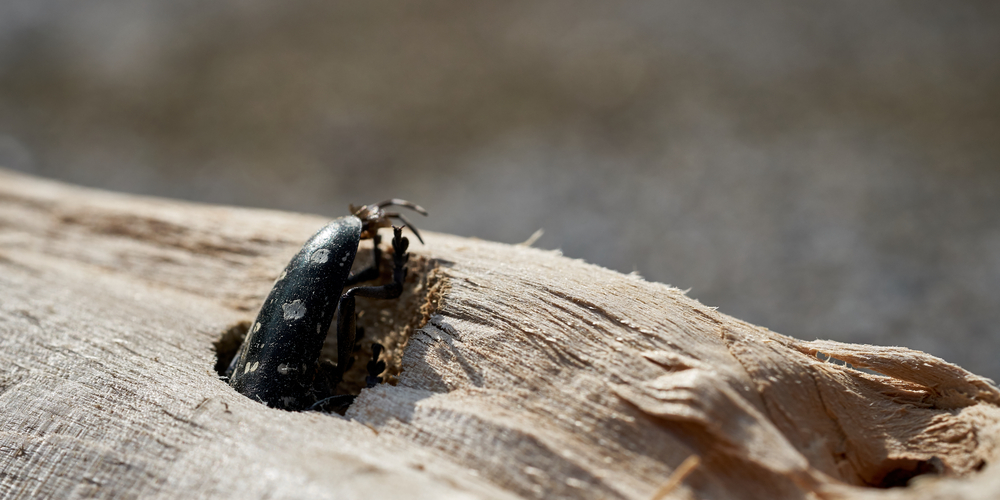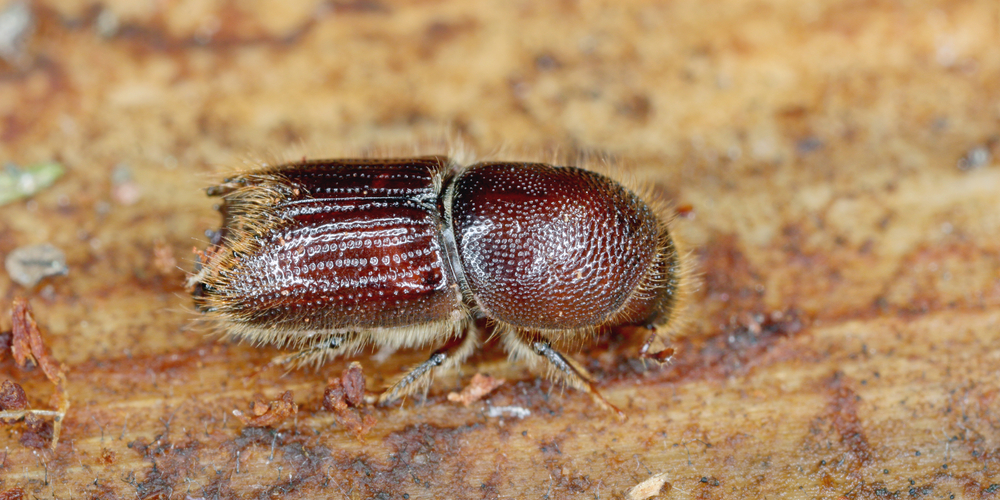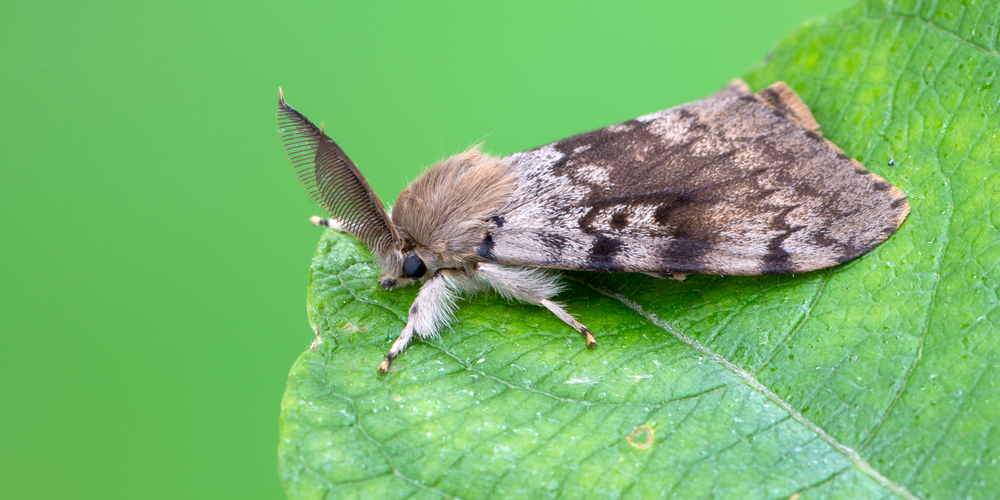When growing trees, you must keep an eye out for pests and diseases. Bugs can be one of the main reasons your tree won’t survive. Regardless of the amount of time and money you spend taking care of your plant, if you can’t notice a pest feeding on it, you might find all the effort was in vain. To help you minimize the damage insects may cause to your trees, we created an essential guide about bugs that kill trees. Keep reading to learn about bugs that kill Trees and how to identify harmful insects to prevent severe consequences.
Aphids
While leaf-feeding aphids can be dealt with quickly, large populations of this bug can produce large quantities of honeydew, which attracts a mold fungus that will distort the growth of your tree.
If you notice leaves dripping sap, it is one of the first symptoms aphids are feeding on your tree. The first step to control these bugs is eliminating the ants that feed on the honeydew they secrete. Then, you must be careful to get rid of the aphids without affecting beneficial insects. Spray your tree with neem oil but make sure the essence comes into direct contact with the bugs to eliminate them. You’ll have to repeat several applications for the treatment to be effective.
Fall Webworm
If you notice large webs on your tree, you may be dealing with a colony of fall webworms. These insects hatch in the summer and are an issue for more than 100 species of North American trees.
The bugs like to eat the leaves of deciduous trees and bushes before they drop them in fall. While they rarely cause long-lasting damage to trees, they may cause concerns for the aesthetic of your garden. All you have to do to deal with them is take the webs off your tree and put it in a bucket of soapy water. You can also use insecticides to ensure you eliminate all of the bugs at once.
Forest and Eastern Tent Caterpillars
Tent caterpillars are common tree pests, which you may have to deal with at least once in your life if you have trees in your garden.
Forest caterpillars attack most tree species, especially oaks, maples, birches, and elms. Eastern tent caterpillars feature a black body with blue dots and white stripes and prefer feeding on fruit trees and most shade trees. If you notice defoliation on your trees, you’ll have to take care of these destructive caterpillars to prevent the problem from getting less manageable.
One of the best ways to prevent them from attacking your trees is to create an environment suitable for birds, the natural predators of these caterpillars.
Emerald Ash Borer
Despite its beautiful appearance, Emerald ash borers cause the death of many trees. These bugs feed on the bark and cause trees to lose limbs. The first symptom of their attack is the presence of ash yellows which cause crown thinning and stunted twig growth. While there are various treatment options, none of them are cures. If you suspect their presence on your tree, make sure you call a professional to help you deal with them.
Asian Longhorn Beetle
Asian Longhorn Beetles threaten several species of trees. The adult insects lay their eggs in the openings they find in tree bark. When the larvae come out, they will create deep galleries to feed on the tree’s vessels, which will disrupt the vascular system of your plant and weaken it until it falls apart and dies.
You may notice this bug attacked your tree by the appearance of yellow leaves and bark scars. If you suspect the presence of Asian Longhorn Beetles on your tree, make sure you call a professional service to help you eliminate this harmful insect.
Ips Pine Beetles
Ips beetles feed on the bark and create tunnels through the tree, killing most pines and spruce trees they attack. The first symptom you should look out for is the presence of reddish dust accumulating around the tree base and causing discoloration. You can prevent their attacks by promoting vigorous tree growth, maintaining healthy, and ensuring adequate water supply.
Gypsy Moths
Gypsy moths are responsible for the defoliation of more than a million acres of forest each year. They feed on oak, maple, hickory, willow, pine, spruce, and many more types of trees. These insects eat tender leaves in the spring, causing the loss of strength of the trees, which become more susceptible to other pests and diseases.
Bugs that kill Trees: The Bottom Line
Now that you are more familiar with some of the most common bugs that kill trees, it is time to pay close attention to your plant’s condition. Take immediate action as soon as you notice something doesn’t look right. While prevention is better than cure, acting soon can make the difference in the severity of the damage to your tree.
Related article: What to do if You Have Tiny White Bugs in the Soil?

